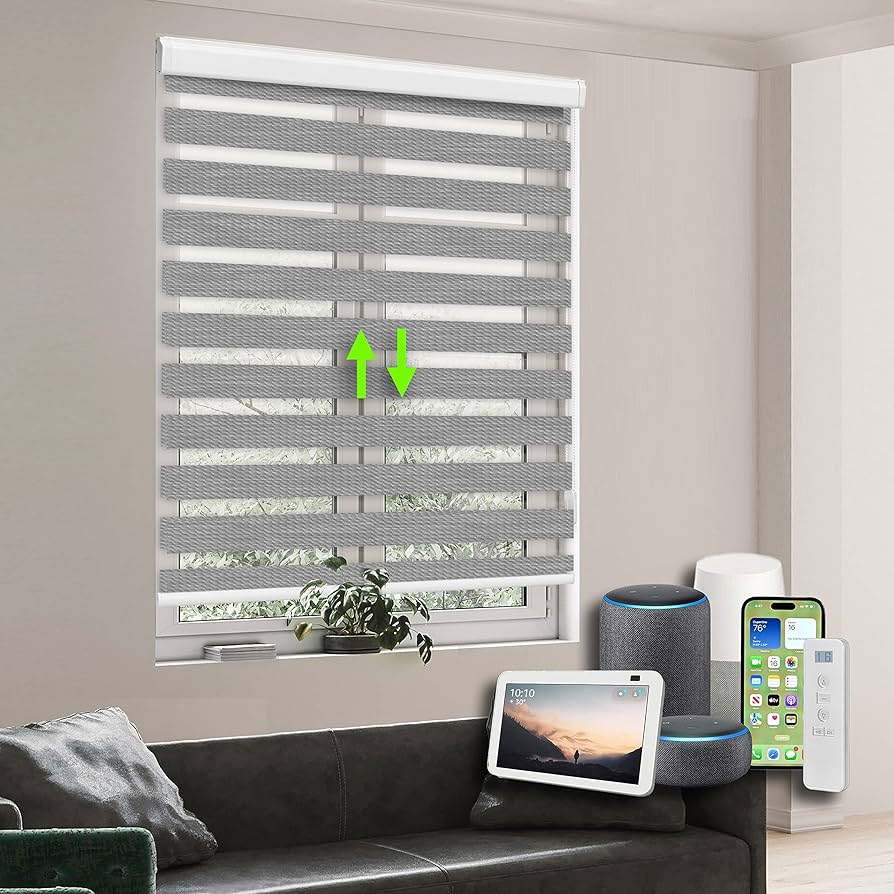Marionette lines, the vertical wrinkles that extend from the corners of the mouth down to the chin, can give the face a downturned appearance, often associated with sadness or aging. Addressing these lines with dermal fillers has become a popular cosmetic solution. This blog will explore everything you need to know about using filler for marionette lines, from how they work to the benefits and risks involved.
What Are Marionette Lines?
Causes of Marionette Lines
Marionette lines develop due to a combination of factors, including aging, genetics, and lifestyle choices. As we age, our skin loses collagen and elastin, leading to sagging and the formation of wrinkles. Repeated facial expressions, sun exposure, and smoking can accelerate this process, making marionette lines more pronounced.
Impact on Facial Aesthetics
Marionette lines can significantly impact facial aesthetics by creating a tired or unhappy appearance. They disrupt the natural contour of the face and can affect overall confidence and self-esteem. Addressing these lines with dermal fillers can restore a youthful and pleasant expression.
How Do Dermal Fillers Work?
Types of Dermal Fillers
Dermal fillers are injectable substances designed to restore volume, smooth out wrinkles, and enhance facial contours. The most common types used for marionette lines include:
-
Hyaluronic Acid Fillers: Popular brands include Juvederm and Restylane. These fillers provide immediate volume and hydration.
-
Calcium Hydroxylapatite Fillers: Radiesse is a well-known example. These fillers offer a thicker consistency, suitable for deeper wrinkles.
-
Poly-L-Lactic Acid Fillers: Sculptra works by stimulating collagen production over time, providing gradual and long-lasting results.
Mechanism of Action
When injected into the skin, dermal fillers add volume and support to the affected areas, smoothing out wrinkles and lines. Hyaluronic acid fillers attract and retain moisture, plumping up the skin, while other fillers like Radiesse provide structural support and stimulate collagen production.
The Procedure: What to Expect
Consultation and Assessment
A thorough consultation with a qualified practitioner is essential before undergoing filler treatment. During this consultation, the practitioner will assess your facial structure, discuss your goals, and determine the most suitable type of filler and the amount needed for optimal results.
Injection Process
The filler injection process is relatively quick, typically taking around 30 minutes to an hour. The practitioner will cleanse the treatment area and may apply a topical anesthetic to minimize discomfort. Using a fine needle or cannula, the filler is then injected into the marionette lines.
Post-Treatment Care
After the procedure, you may experience minor swelling, redness, or bruising at the injection sites. These effects are usually temporary and subside within a few days. It’s advisable to avoid strenuous activities, excessive sun exposure, and facial massages for at least 24 hours post-treatment.
Benefits of Using Fillers for Marionette Lines
Immediate Results
One of the primary advantages of using dermal fillers for marionette lines is the immediate improvement in appearance. The added volume smooths out wrinkles and enhances facial contours, providing a more youthful and rejuvenated look right after the treatment.
Minimal Downtime
Unlike surgical options, dermal fillers require minimal downtime. Most patients can resume their normal activities immediately after the procedure, making it a convenient option for those with busy lifestyles.
Long-Lasting Effects
Depending on the type of filler used, the results can last anywhere from six months to two years. Regular touch-ups can help maintain the desired look, with some fillers stimulating collagen production for prolonged benefits.
Non-Surgical Solution
Dermal fillers offer a non-surgical solution for addressing marionette lines. This means no incisions, stitches, or extended recovery periods, reducing the risks and complications associated with surgical procedures.
Potential Risks and Side Effects
Common Side Effects
While dermal fillers are generally considered safe, some common side effects include:
-
Swelling
-
Redness
-
Bruising
-
Tenderness at the injection site
These side effects are usually mild and resolve within a few days.
Rare Complications
Although rare, more serious complications can occur, such as:
-
Infection
-
Allergic reactions
-
Asymmetry
-
Lumps or nodules under the skin
Choosing a qualified and experienced practitioner is crucial to minimize these risks.
Importance of Choosing a Qualified Practitioner
Selecting a board-certified dermatologist or plastic surgeon with extensive experience in administering dermal fillers is essential for achieving safe and effective results. Researching the practitioner’s credentials, reading reviews, and viewing before-and-after photos can help ensure you are in good hands.
Cost of Filler Treatments for Marionette Lines
Factors Influencing Cost
The cost of filler treatments for marionette lines can vary based on several factors:
-
Type of Filler: Different fillers have different price points.
-
Amount of Filler: The quantity required to achieve the desired results will impact the overall cost.
-
Practitioner’s Expertise: Highly experienced practitioners may charge higher fees.
-
Geographic Location: Prices can vary depending on the location of the clinic.
Average Cost in Major Cities
In major cities like New York, Los Angeles, and Chicago, the cost of filler treatments for marionette lines typically ranges from $500 to $1,500 per syringe. Multiple syringes may be required depending on the severity of the lines and the desired outcome.
Alternatives to Fillers for Marionette Lines
Botox
Botox can be used in conjunction with dermal fillers to address marionette lines. While fillers add volume, Botox relaxes the muscles that contribute to wrinkle formation, providing a complementary approach to facial rejuvenation.
Laser Treatments
Laser treatments, such as fractional laser resurfacing, can help improve skin texture and reduce the appearance of wrinkles. These treatments work by stimulating collagen production and promoting skin renewal.
Chemical Peels
Chemical peels involve applying a chemical solution to exfoliate the outer layers of the skin, promoting new skin growth and improving overall skin tone. This can help reduce the appearance of marionette lines and enhance the results of filler treatments.
Conclusion: Achieving a Youthful Appearance with Fillers for Marionette Lines
Dermal fillers offer a highly effective, non-surgical solution for addressing marionette lines and restoring a youthful appearance. By understanding the different types of fillers available, the procedure, benefits, and potential risks, you can make an informed decision about your treatment options.
The key to achieving the best results lies in choosing a qualified practitioner who can tailor the treatment to your specific needs. With immediate results, minimal downtime, and long-lasting effects, fillers are an excellent option for those looking to enhance their facial aesthetics and boost their confidence.
Whether you’re exploring fillers for the first time or considering a touch-up, this comprehensive guide provides the insights you need to navigate the world of dermal fillers for marionette lines. With the right approach and professional guidance, you can achieve a rejuvenated, youthful look that enhances your natural beauty.




